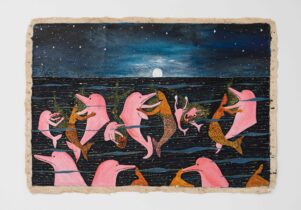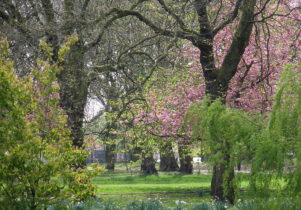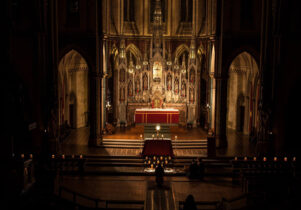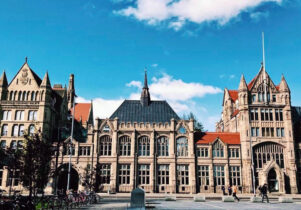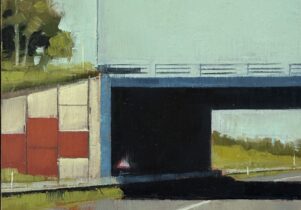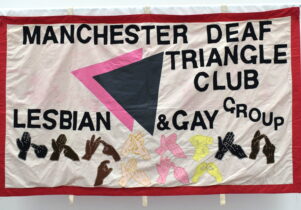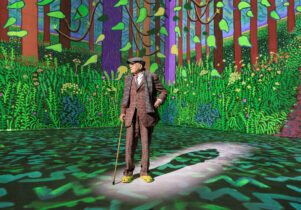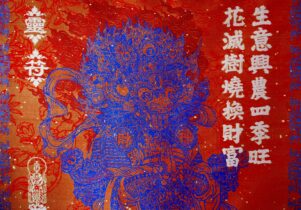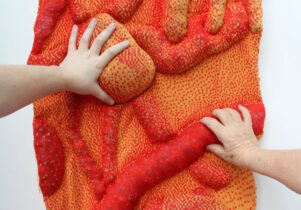White Psyche at the Whitworth in Manchester
Sara Jaspan, Exhibitions EditorVisit now
White Psyche
Always double check opening hours with the venue before making a special visit.
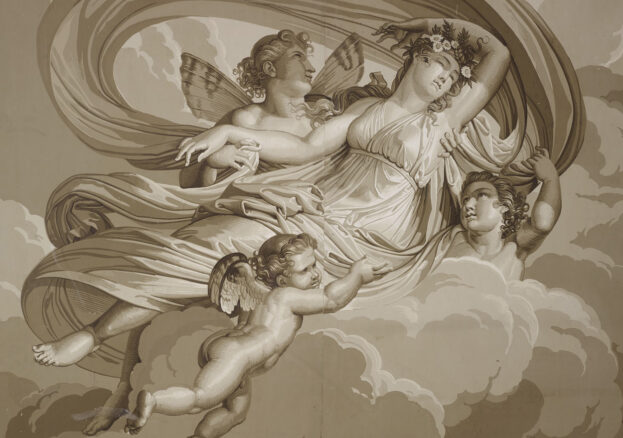
Since the work of archaeologists and scholars from the 1980s onwards, the myth of monochrome whiteness within ancient classical art has been shown to be false. Marble was indeed considered a precious material, but it was the canvas upon which a vibrant array of colour was often added to bring statues, reliefs and sarcophagi to life. Much has been written and major exhibitions have been held on the subject. Yet the idea that the ancient Western world viewed white marble (and hence white skin) as the epitome of taste and beauty has continued to persist within the public imagination and contributed to notions of white supremacy.
As part of the Whitworth’s efforts to address the unconscious bias towards whiteness within European art and its own collections, the gallery presents White Psyche – a new exhibition that ‘examines the aesthetics of white supremacy’ through a trained focus on one of the most enduring and culturally pervasive stories of love and idealised beauty around. The mythical tale of Cupid and Psyche was penned almost two millennia ago by the Numidian writer Apuleius, who hailed from the ancient Roman-Berber city of Madauros in present-day Algeria. The story was absorbed by the dominant culture of the far-reaching Roman empire and reborn during the Renaissance period with its two central characters portrayed – like the rest of the Greek and Roman gods – in the image of northern Europeans.
White Psyche centres upon the Cupid and Psyche tale as depicted within a luxurious French wallpaper series printed from 1816 onwards as part of another wave of Western cultural revival, the Neoclassicism movement, and just over a decade before the French colonisation of Algeria (repeating the violent pattern of European expansion which has compounded ideas of white superiority across the world). Visitors to the exhibition are encouraged to take a conscious look at the heavily codified representation of beauty before them – to observe its overwhelming whiteness; dominated by white marble architecture, white clouds, and white skin draped in white cloth – and consider the distorted cultural legacy from which it is born. A legacy that continues to shape our world, and the white psyche around which so much is centred, today.


